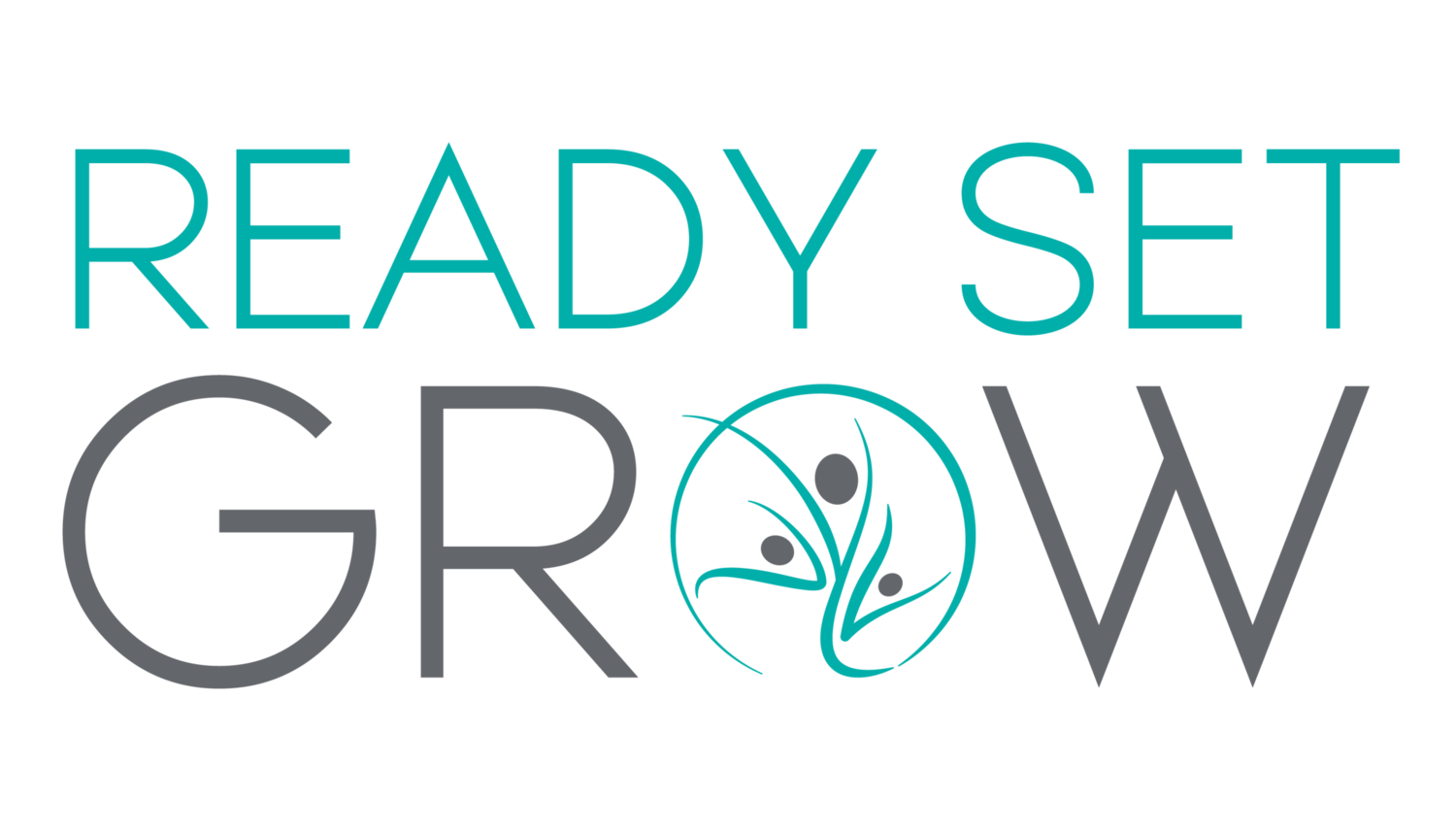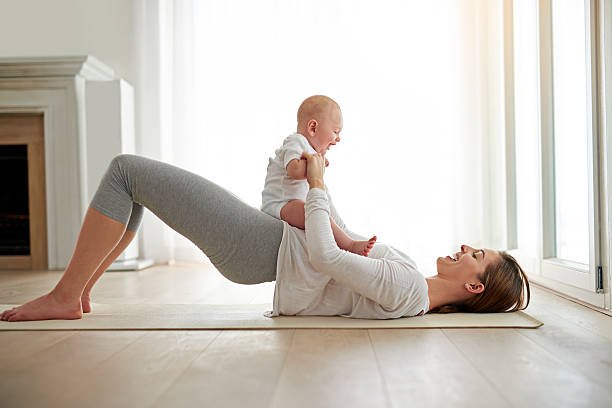Did you know that April is Cesarean Awareness Month? You do now!
Although many people don't plan on having a cesarean birth as they approach their EDD *estimated due date (and of course, some do), it's important to have a plan just in case it comes up. Being educated on what Cesarean births entail (a major abdominal surgery), what a typical recovery is like, and what rights and options you have if birthing in, or transferring to, a hospital, can have a tremendous impact on your birth experience and health outcomes for you and your babe.
The history of Cesarean birth is complicated, and you can read more about it at the International Cesarean Awareness Network website.
Know your rights, know what to expect JUST IN CASE, and learn how you and your support team can advocate for you!
In addition to prenatal support, postpartum care is something we are very passionate about here at Ready Set Grow, and something that is unfortunately, still grossly deficient in our healthcare system. We recently heard from a new parent-student who had a Cesarean, that their doctor cleared them for "normal activity" (in their case, running) at their six week check-up, VIA TELEHEALTH. 🤯 It blows my mind. I could go on for days on this subject as can every other teacher at RSG. In fact, I'm pretty sure some of you have experienced this ranting, at least from me.
Sometimes a Cesarean birth is necessary and it can absolutely save lives. Feeling heard, supported, and respected throughout your birth experience can make a physically difficult, sometimes traumatic birth experience much better. I personally had a Cesarean with my last baby. Although I had planned a home water birth, with my two older children and partner helping and witnessing, due to some unforeseen complications, a Cesarean became the best choice for myself and our baby. I feel grateful (and lucky) that I had such a wonderful birth team in the hospital, all of whom had never set eyes on me before, and during the height of the pandemic. The empowered, compassionate, and supportive environment I experienced during my own unplanned Cesarean, did wonders for my mental health, emotional and physical healing (they are ALWAYS linked), and my postpartum recovery overall.
OK. So, what if you've already had a Cesarean or belly birth? There is unfortunately very little guidance from healthcare providers on best practices to heal fully after giving birth in this way *see story about our student's recent experience above.
The old advice of "do nothing for 6-8 weeks, then return to normal activity" that many birthing people still receive, often without even an in-person check-up is harmful. In fact, it's bullshit. Thankfully there are exceptions, but they are too few and far between.
Postpartum people need more guidance, more care from their healthcare providers, and more support.
We have so many avenues of support available, whether it’s classes for Cesarean scar care, new parent support groups, workshops to help guide you in caring for your baby while ALSO supporting your own mental and physical health, and ways to feel more connected to yourself, to help prevent burnout now and into your parenting journey.
As always, if you need support, resources, research based information, an ear, a hug, WHATEVER, we're here and we'd love to hear from you.
You've got this and we've got you.
Love to you and your growing family,
Daniele & The Ready Set Grow Team







